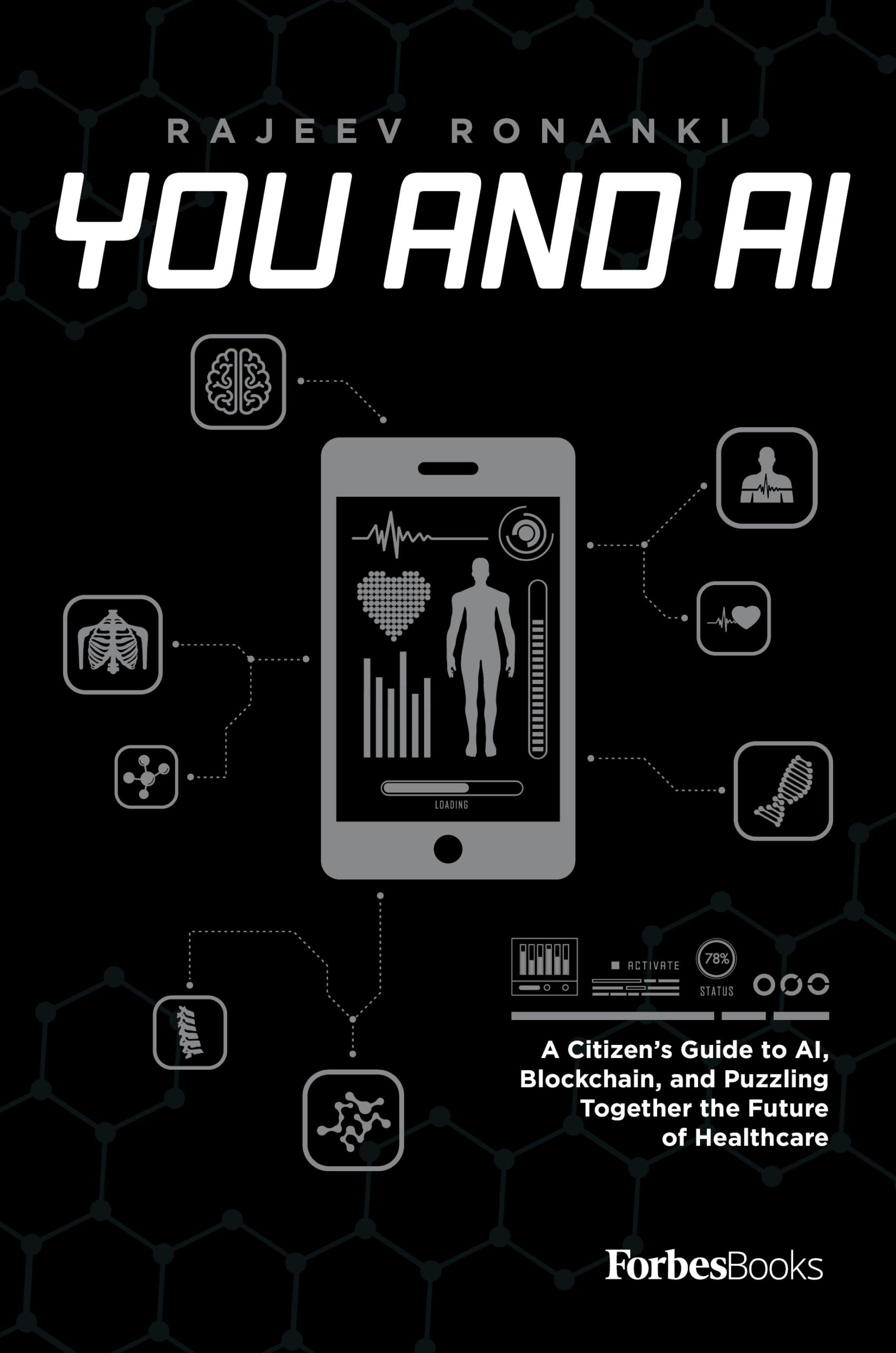In 2022, my friend and former colleague Jeanette faced an unimaginable situation. In early July, she experienced some weakness on the left side of her body. She ignored it at first. After all, she was young, healthy, and had no known health concerns.
“I had one episode on July third, another one on July fourth, and then on July fifth, I had a pretty significant one where I lost all strength in my left leg, left arm, and a little bit in my face.” After a 911 call, she was rushed to the hospital and learned she was experiencing mini-strokes. A neurological follow up confirmed she had a rare genetic condition called Moyamoya disease.
The following months were filled with surgery, scans, follow ups, and, of course, health insurance paperwork. As a partner at Deloitte in the healthcare industry, she regularly interacts with major insurance providers. So much so, she knew how complex and fragmented the healthcare system could be—and knew she would now have to tangle with it herself.
As the months went by and insurance statements and medical bills rolled in, Jeanette quickly found herself mired by a stack of confusing, complicated documentation. “I just remember it being the middle of January…and I got a ‘This Is Not A Bill’ [notice] for over $125,000.” With each new notice, her questions grew: “Is this something I’m going to have to pay?” “Is this even a procedure I received?” “Why is this number different than what the doctor’s documentation states?”
As you can imagine, these questions only added undue mental stress on top of the physical and medical stress she was undergoing! With all her work knowledge about the insurance industry, she wondered about the millions of others who go through medical crises every year without her level of familiarity. What if English isn’t their first language? What if there was a mistake in the paperwork? How is the average person supposed to understand the arcane language of medical coding?
What happened to Jeanette isn’t isolated to medical crises either. It could happen to anyone experiencing the business of healthcare, from routine pregnancy, a planned knee replacement, to oral surgery. This begs the question: how can we simplify the relationship between people, care, and insurance?
What if Artificial Intelligence, blockchain, and related exponential technologies could help us answer these questions? I, for one, believe they will.
For starters, blockchain technology could revolutionize the industry by eliminating much of the inefficiencies and waste which has been normalized in the medical-insurance exchange. The root cause of Jeanette’s confusion is how medical information gets fragmented in the process. Since healthcare data is siloed in various systems and formats, it becomes challenging for information to be exchanged seamlessly.
Creating a whole picture requires the consumer to put all the pieces together—like it’s a puzzle. But then sometimes the puzzle pieces don’t all match up. For Jeanette, this meant one bill required at least a dozen phone calls—to the insurers, to the medical office, from insurance reps back to medical professionals—a wasteful web which only increased her mental anxiety and slowed down decision-making. And that was just one bill.
Meanwhile, blockchain uses a distributed and decentralized ledger system which is inherently transparent and secure. It can serve as a standardized platform, allowing different healthcare entities (such as hospitals, clinics, pharmacies) and insurers to securely and efficiently share data without the need for complex data exchanges and integrations. This promotes interoperability while reducing data redundancies, inaccuracies, and data latency.
Imagine if Jeanette had a health advocate assigned to her right after her 911 call. This advocate could communicate with her in her preferred language among 90 languages and be trained to handle billions of data records. Then it could guide Jeanette through every step of her care journey, from triaging symptoms to explaining medical bills, claims, and benefits in layperson’s terms. It could provide visual aids and infographics, what-if scenarios for treatment plans, and become a trusted partner for her family and friends throughout her surgery and recovery, communicating with empathy and putting her interests first.
While it may sound impossible, large language models (LLMs) such as ChatGPT, which is the most famous example of an LLM, are already capable of some of these tasks today. With training on medical and insurance-related datasets such as claims, electronic medical records, labs, and social data, LLMs can potentially perform these tasks and more. This could eventually reduce the need for traditional customer service at insurers and health providers, freeing up resources to focus on more human-centric aspects of the business
Most importantly, the lives of millions of patients like Jeanette could be greatly improved as we build a human-centric healthcare system aided by AI and blockchain.
Originally posted on Forbes.com

